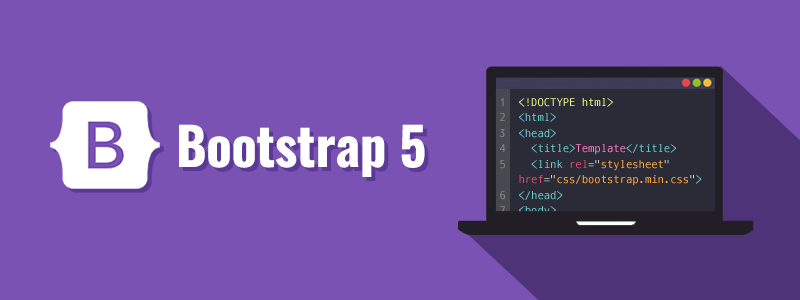Journey With Framework: Bootstrap5
04 Oct 2023
Recently, I began exploring Bootstrap 5, marking the beginning of my journey with programming frameworks. Although I had encountered the term “framework” in various technical forums and magazines, its exact concept was unfamiliar to me. Even though I had learned a few programming languages previously, I had never really delved into a framework, and it was hard for me to imagine exactly what it was and what it could do.
A framework, true to its name, is indeed a structure. In software engineering, a framework provides an established foundation for building software. With it, we are spared from starting from scratch, saving time and effort and allowing us to focus more on the essential aspects of development. However, learning a framework is a challenging task. Each framework carries its unique coding conventions and best practices, and with the advancement of technology, frameworks are continually evolving, demanding our constant learning. Even so, mastering a framework can enhance our development efficiency, so we still need to learn it despite its complexity. Bootstrap 5, the framework I’ve recently started learning, is a (web) UI framework. A UI framework provides a set of CSS classes and JavaScript functions that simplify layout development; it also provides an attractive look and feel and consistent results across browsers.
Bootstrap is a very popular, well-designed, open-source UI framework. It provides predefined CSS styles for various JavaScript-driven components. For instance, features such as modal windows, typeahead input prompts, and tooltips can be easily implemented using the CSS classes offered by Bootstrap. In addition, Bootstrap adopts a mobile-first design principle, ensuring an excellent user experience across devices of all screen sizes. Imagine those pop-up windows, little hints when we type, and things that show info when we hover our mouse over them. Bootstrap can help us achieve all of that, and It’s not only powerful but also enjoyable to use.
I tried to make a website using Bootstrap yesterday. It provided me with a fully functional navbar. Its responsive design ensures that content is displayed correctly across a variety of screen sizes. It is also easy to use a variety of predefined Icons. Because of Bootstrap, I don’t need to write my own CSS style code from scratch, and I can directly use predefined classes to complete. It could take an amount of time If I were to define all styles and layouts on my own, but with Bootstrap, I could complete the whole layout quickly, which is really efficient.
Having studied Bootstrap, I have a deeper understanding of the concept of “frameworks.” In the future, I plan to explore more frameworks, whether they are for web development or other types. Although each framework has its unique features and characteristics, I believe that with the experience from this framework study, I’ll be more confident and capable of mastering and utilizing new frameworks.